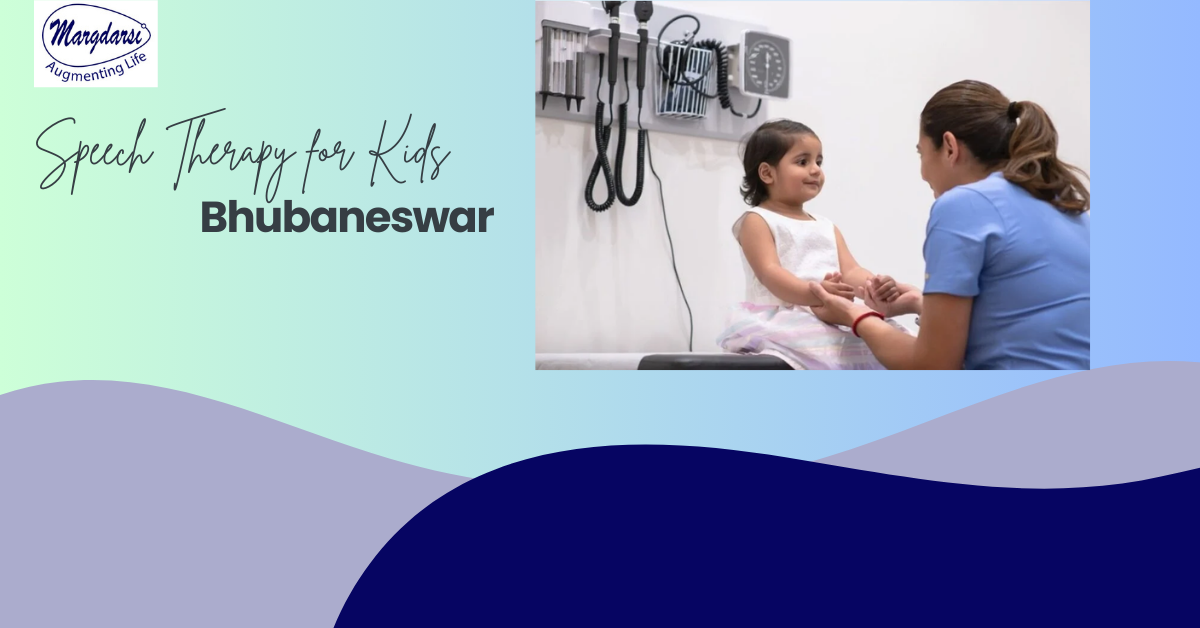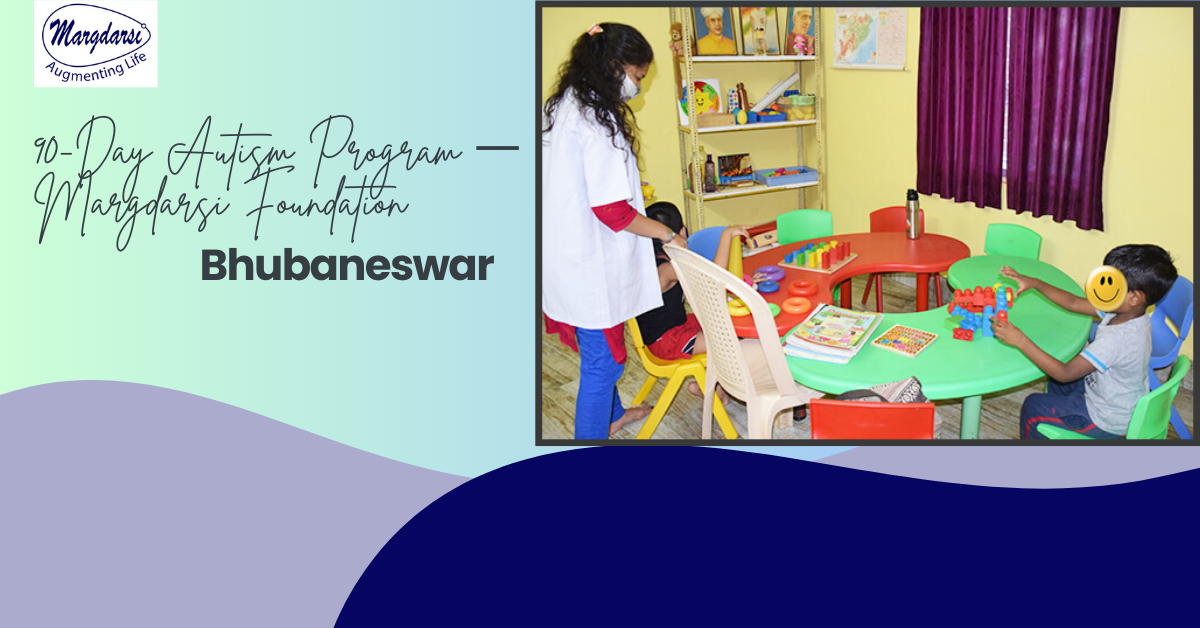
Speech Therapy for Kids in Bhubaneswar — Margdarsi Foundation
admin
- 0
Margdarsi accepts appointments for speech and language assessments in Bhubaneswar. A typical first step Speech Therapy for Kids structured intake and a 60–90 minute assessment session followed by a concise therapy plan and home-program checklist.
Who needs speech therapy?
Parents should consider assessment if a child shows any of the following:
-
Little or no babbling by 12 months.
-
Few or no single words by 16–18 months.
-
Limited or unclear speech at 2–3 years (others have difficulty understanding).
-
Loss of previously acquired words or social-communication skills.
-
Difficulty following simple instructions, limited social play, or signs of hearing problems.
These signs do not necessarily mean a diagnosis of a long-term disorder, but they are reasons to get a professional evaluation.
What happens in a speech therapy assessment at Margdarsi

An early, accurate assessment is the foundation of effective therapy. Margdarsi speech assessment typically includes:
-
A developmental history interview with parents to understand milestones and concerns.
-
Observational play-based assessment to see spontaneous communication.
-
Standardized speech and language screening tools appropriate for the child’s age.
-
Hearing screening or referral for audiology when indicated.
-
Baseline measurement across areas: expressive language, receptive language, articulation, social-communication and feeding if relevant.
At the end of assessment parents receive a clear summary of strengths, areas to target, and practical short-term goals.
Types of therapy & techniques used
Therapy at Margdarsi is evidence-based and tailored to Speech Therapy for Kids. Common approaches include:
1. Language stimulation and expansion
Therapists use child-led play to model new words and phrases, expand single-word utterances into short sentences, and teach vocabulary in meaningful routines.
2. Articulation therapy
For children with unclear speech sounds, therapists work on specific sounds with repetition, modeling, and graded practice that moves from structured drills to natural conversation.
3. Social-communication therapy
For children who struggle with interaction, sessions focus on turn-taking, eye-contact, gestures, requesting, and play-based social skills.
4. Augmentative and Alternative Communication (AAC)
When verbal speech is limited, AAC options—picture exchange systems, communication boards or simple speech-generating devices—are introduced and trained in daily use.
5. Parent training & home programs
Short, focused activities that parents can use several times a day are central to progress. Therapists coach caregivers in how to prompt, reinforce, and create language-rich routines.
Typical therapy plan & frequency
Speech Therapy for Kids. Typical plans include:
-
Mild delays: 1–2 sessions per week + home practice.
-
Moderate delays or younger children: 2–4 sessions per week with intensive parent coaching.
-
Children with complex needs (ASD, hearing loss): multidisciplinary plans involving SLP, OT and psychologist with integrated sessions.
Sessions focus on 1–3 specific targets and include clear homework tasks that take 5–15 minutes, several times a day.
Realistic progress & timelines
Progress depends on age, severity, underlying cause and home practice. Realistic short-term goals (4–12 weeks) may include:
-
Increased eye contact and turning to name.
-
Addition of first functional words or short phrases.
-
Improved clarity of a target sound within structured practice.
-
Better following of 1–2 step instructions.
Therapists document weekly gains and adjust targets to keep progress measurable and motivating.
Practical tips for parents — simple daily activities
You can support therapy with a few daily routines:
-
Narrate what you and your child are doing (“Mumma is cutting apple.”).
-
Pause and wait to encourage your child to speak or gesture.
-
Offer choices (“Do you want milk or water?”) to encourage words.
-
Use play to create natural opportunities for requesting and turn-taking.
-
Praise attempts—reinforce any effort to communicate.
Consistency and short frequent practice sessions beat long sporadic drills.


